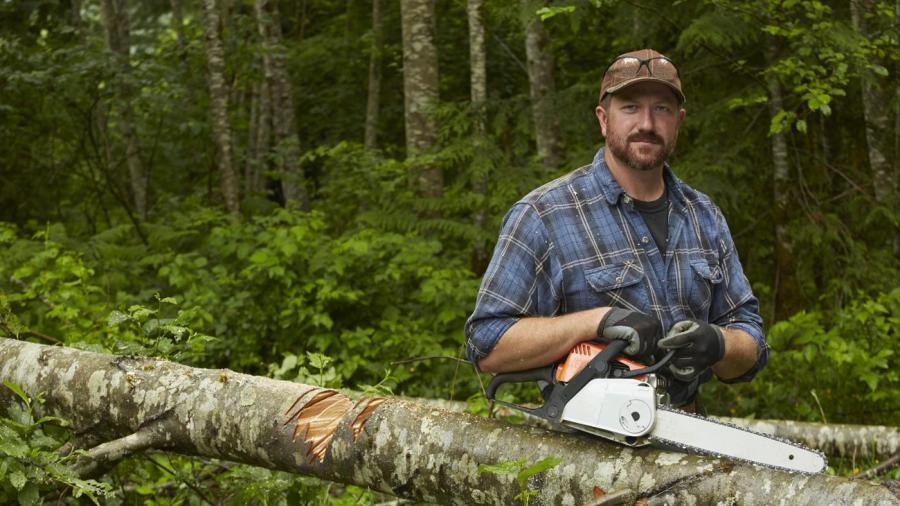What Are Examples of Scarce Resources?

Resources that are commonly accepted as being scarce throughout the world include water, food and forests. Oil and natural gas are also growing increasingly scarce. To an extent, however, resource scarcity is contextually subjective. In wealthier places in which people can afford to pay premium prices for resources that may not be in plentiful supply, the shortage is not likely to be felt as severely as in economically deprived locations.
There are a number of reasons behind the worldwide food shortage. As the population of the planet grows, the amount of available farmland is shrinking, and it is becoming more difficult to produce enough crops to feed the world. Drought in some parts of the world, which is directly related to the water shortage, also means that farmers can’t produce sufficient crops. Although two-thirds of the planet is covered by water, the majority of it is saltwater, which is not drinkable. Deforestation is also directly linked to the scarcity of food resources. The lack of trees is causing imbalances in local eco-systems, which is interfering with wildlife reproduction and giving way to invasive species that do more harm than good. Scientists believe that if eco-systems become too imbalanced too quickly, they can cause mass extinction.





